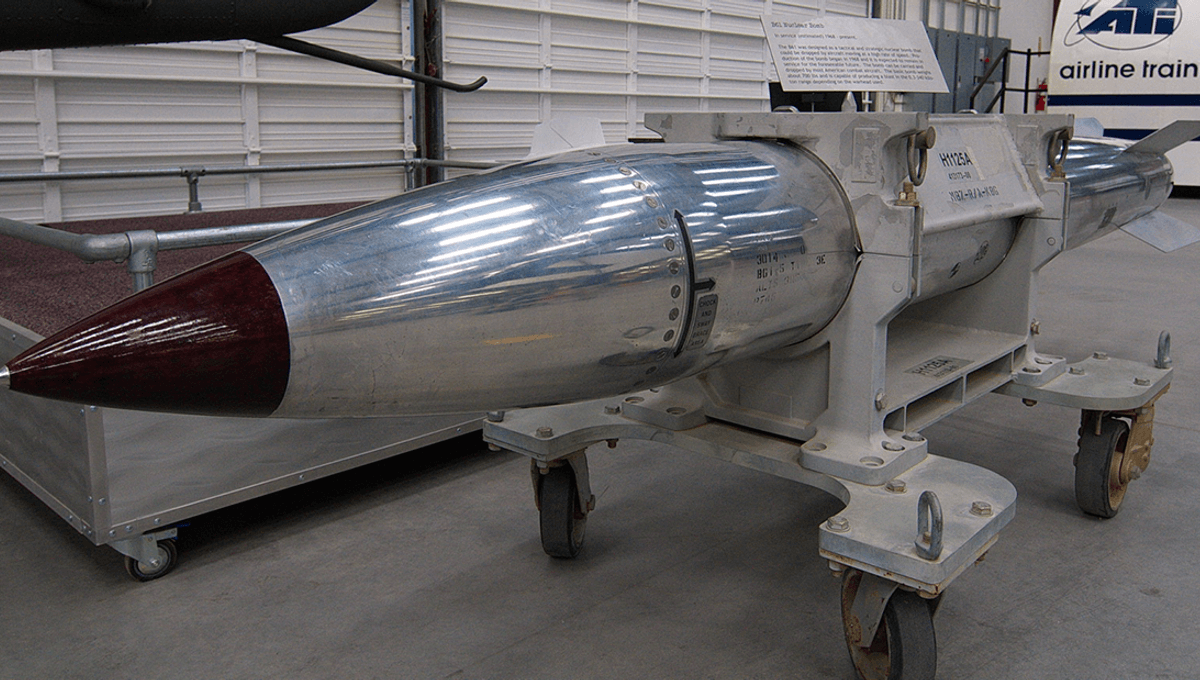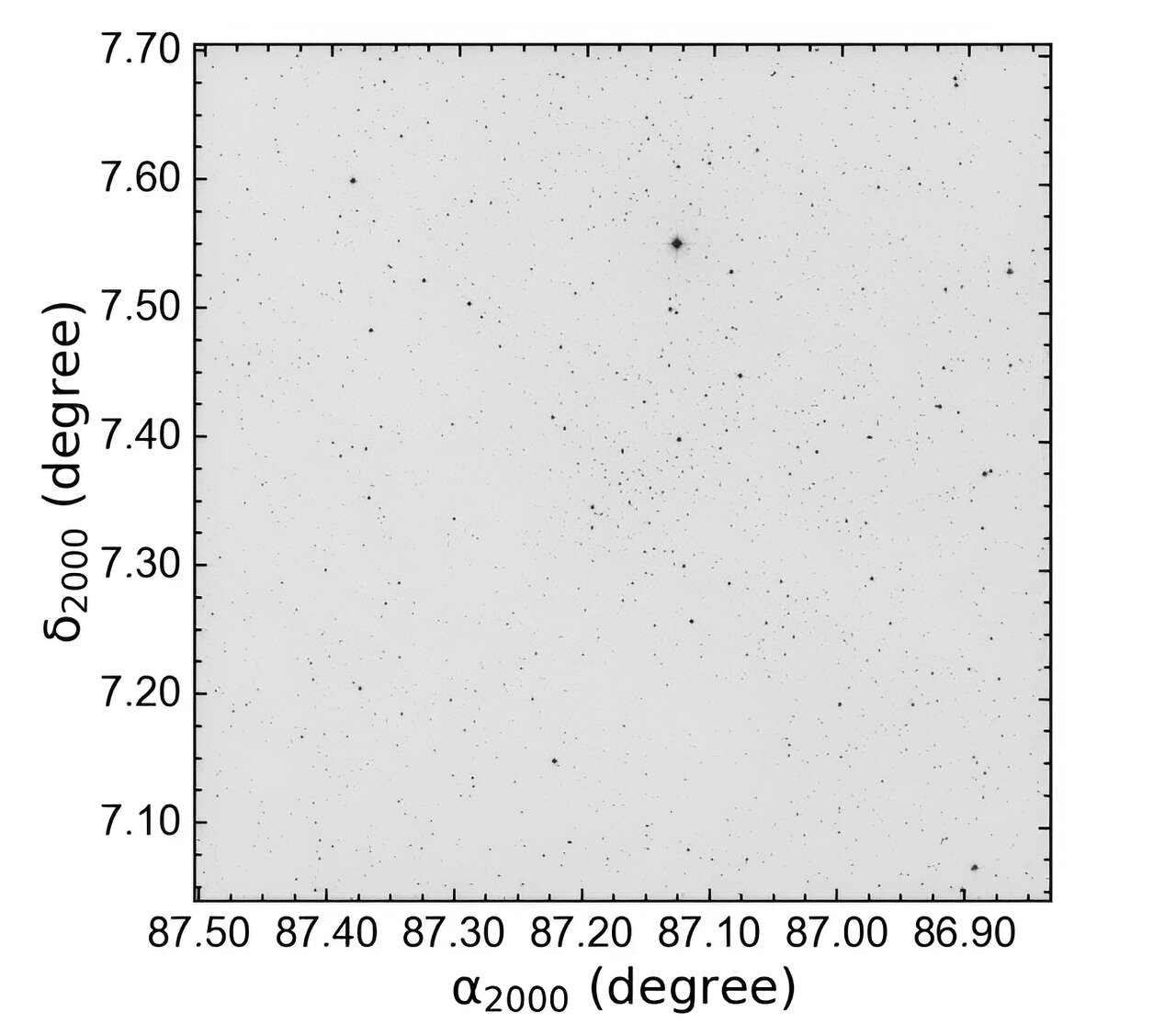The US Department of Defense (DoD) has announced its plans to develop a new high-yield nuclear gravity bomb, pending Congressional approval and funding.
Excitingly, the DoD revealed on Friday that they are working on a modern version of the B61 nuclear gravity bomb, which will be called the B61-13. This bomb will have a similar explosive power to the B61-7, a Cold War-era bomb capable of producing explosions of up to 360 kilotons. To put that into perspective, the bomb dropped on Hiroshima at the end of World War II had a yield of 16 kilotons, equivalent to 16,000 tonnes of TNT.
These new bombs will gradually replace older weapons in the US’s aging nuclear stockpile and can be delivered by modern aircraft. The DoD believes that this will provide the President with “additional options against certain harder and large-area military targets.”
“Today’s announcement reflects a changing security environment and the increasing threats from potential adversaries,” said Assistant Secretary of Defense for Space Policy John Plumb in a statement. “The United States has a responsibility to continuously assess and deploy the capabilities we need to effectively deter and, if necessary, respond to strategic attacks, while also assuring our allies.”
While the term “gravity bomb” may evoke images of science fiction and nuclear explosions warping gravity, its alternative names, such as “free-fall bomb” and “dumb bomb,” provide a clearer understanding of its nature. Simply put, gravity bombs are dropped from aircraft and follow a ballistic trajectory to their target without any guidance system corrections. Before the development of guidance systems after World War II, all bombs could be classified as gravity bombs.
The US became a signatory to the Treaty on the Non-Proliferation of Nuclear Weapons in 1968, which aims to prevent the spread of nuclear weapons and technology, promote cooperation in peaceful nuclear energy use, and work towards nuclear disarmament and general disarmament. Since signing the treaty, the US has gradually reduced its nuclear stockpile, although it and Russia still possess 89 percent of the world’s nuclear weapons.
“The B61-13 represents a reasonable step in managing the challenges of a highly dynamic security environment,” added Plumb. “While it provides us with additional flexibility, producing the B61-13 will not increase the overall number of weapons in our nuclear stockpile.”
[H/T: New Atlas]








